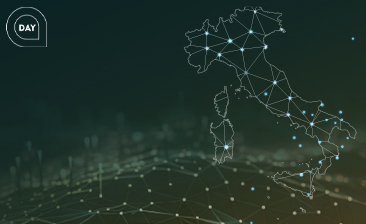
Acea for World Energy Saving Day
How can you improve a pipeline which, for over 80 years, has been an example of efficiency and engineering excellence? For Acea the answer is as easy as it is ambitious: by doubling it.
The Peschiera-Capore pipeline today provides water for 80% of Rome residents, making available top-quality water without contaminants. The construction of a second pipeline will ensure the water supply to the city of Rome and the Rieti area.
When talking about water, it is fair to say that Romans have been “blessed” by fortune. Because water quality in Rome is outstanding. It’s not just a matter of luck, though: the continuous availability of water, indeed is guaranteed by one of the most important pipelines in the world: Peschiera-Capore, starting from the sources at Monte Nuria and winding through for about 130 km, providing millions of people with drinking water.
The pipeline is actually at the centre of an investment plan for its restyling and upgrading. The renewal of the Peschiera-Le Capore pipeline concession is a fundamental stage in the construction of the infrastructure’s second pipeline from 2020. The objective: guarantee a steady water supply to the Italian capital and safeguarding water resources.
The first and most important phase of the project consists in completing the second section of the pipeline: a new gallery which is about 27 km, starting from the sources of the river Peschiera and reaching the intersection with the Salisano aqueduct.
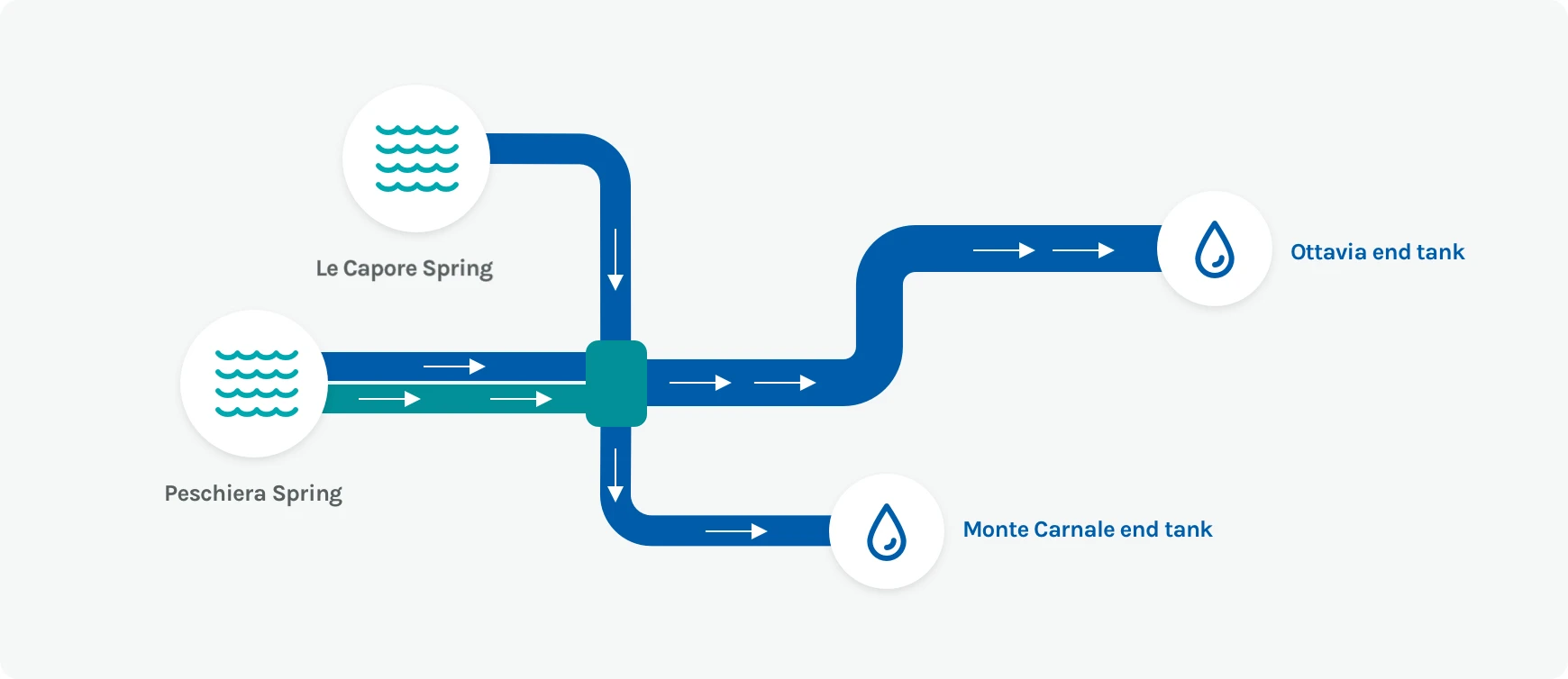
The pipeline runs parallel to the existing one, completed in 1938.
The infrastructures will be upgraded by consolidating underground passages and tunnels, as well as through remote control at the water centres served by the pipeline: this technology has already been successfully tested by the Acea Group to monitor the network and promptly intervene in the event of failures and water leakages.
Our action plan does not stop here, though: our commitment to improving the water network also covers the region crossed by the Peschiera-Capore pipeline, with targeted investment for the protection and reclaiming of the geographical area where the water sources are located.
The guarantee for residents of having drinking water which is pure and uncontaminated, is a result of the specificity of the Peschiera-Capore pipeline: starting from its sources, this water stays underground for 15-20 years before being collected in the Aqueduct. After it has been extracted and distributed in the pipelines, the water is constantly checked to make sure that its quality remains unaltered, from the source to the household tap.
WSP (Water Safety Plans)
Acea has always paid attention to the quality of water and its continuous improvement, using cutting-edge technologies; in 2018 it introduced what are known as WSP (Water Safety Plans). These WSPs are the result of a new approach to water management systems based on risk assessment all along the drinking water supply chain, starting from the sources, including pipelines and water centres for delivery, ending at the taps.
Discover the latest news and initiatives of the Acea Group

Acea for World Energy Saving Day
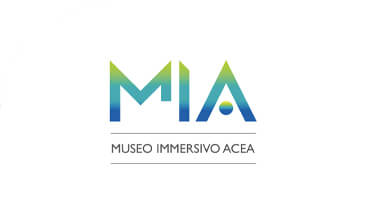
Visit the virtual museum about the history of the Acea Group
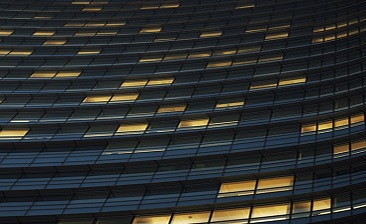
The channel for the commercial requests on land urbanisation
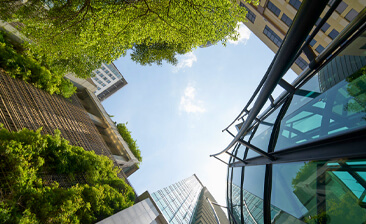
Acea turns the spotlight on the Rome Film Festival 2023
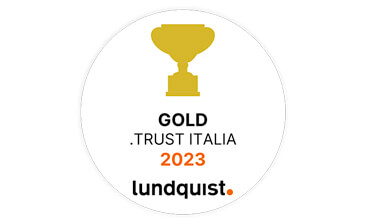
Acea is in the "Gold class" in the .trust research

Read more about our culture of inclusiveness